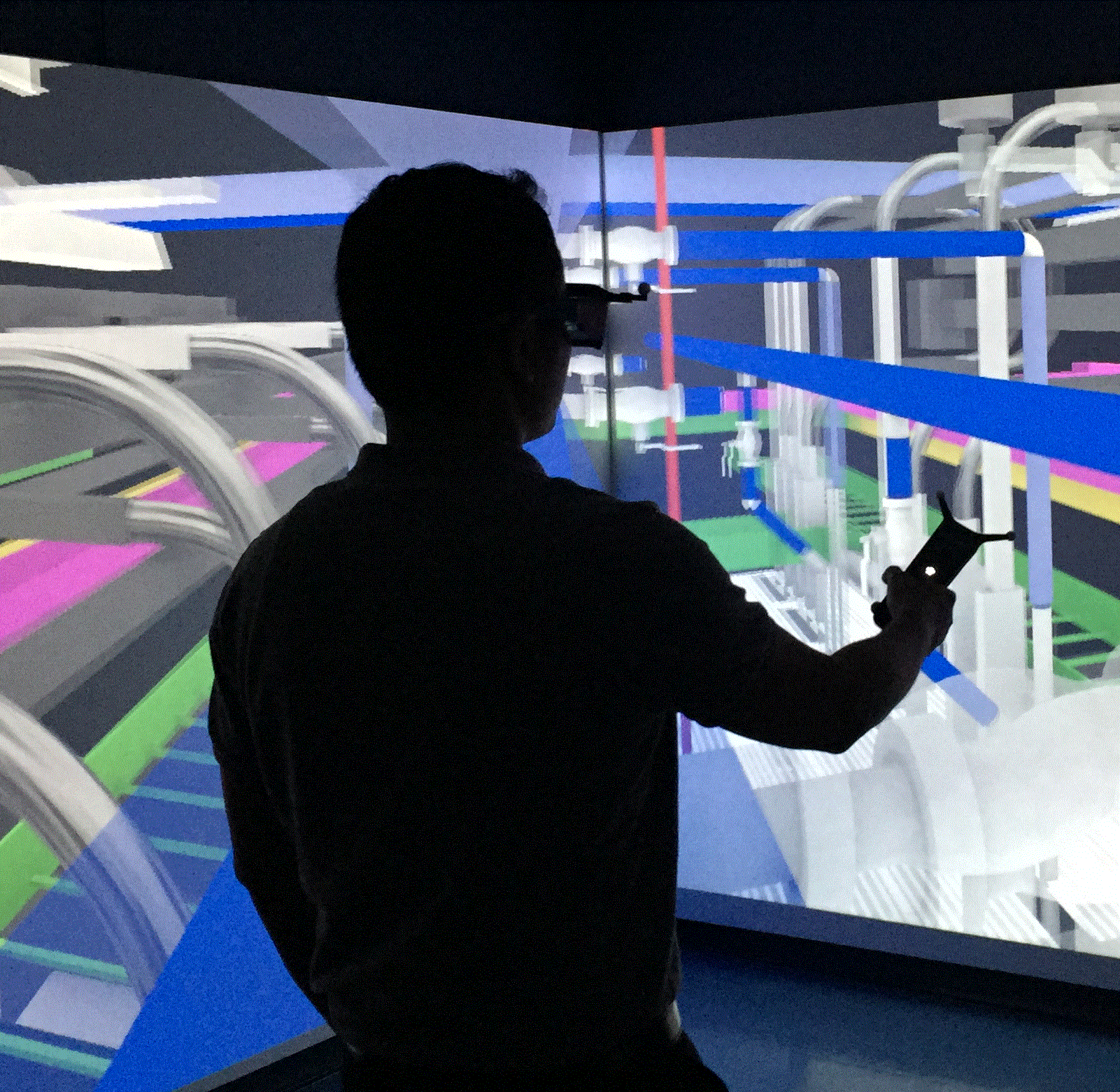Construction Site Safety Analysis for Human-equipment Interaction using Spatio-temporal Data
The construction industry has consistently suffered the highest number of fatalities among all human involved industries over the years. Safety managers struggle to prevent injuries and fatalities by monitoring at-risk behavior exhibited by workers and equipment operators. Current methods of identifying and reporting potential hazards on site involve periodic manual inspection, which depends upon personal judgment, is prone to human error, and consumes enormous time and resources. This research presents a framework for automatic identification and analysis of potential hazards by analyzing spatio-temporal data from construction resources. The scope of the research is limited to human-equipment interactions in outdoor construction sites involving ground workers and heavy equipment. A grid-based mapping technique is developed to quantify and visualize potentially hazardous regions caused by resource interactions on a construction site. The framework is also implemented to identify resources that are exposed to potential risk based on their interaction with other resources. Cases of proximity and blind spots are considered in order to create a weight-based scoring approach for mapping hazards on site. The framework is extended to perform “what-if” safety analysis for operation planning by iterating through multiple resource configurations. The feasibility of using both real and simulated data is explored. A sophisticated data management and operation analysis platform and a cell-based simulation engine are developed to support the process. This framework can be utilized to improve on-site safety awareness, revise construction site layout plans, and evaluate the need for warning or training workers and equipment operators. It can also be used as an education and training tool to assist safety managers in making better, more effective, and safer decisions.
